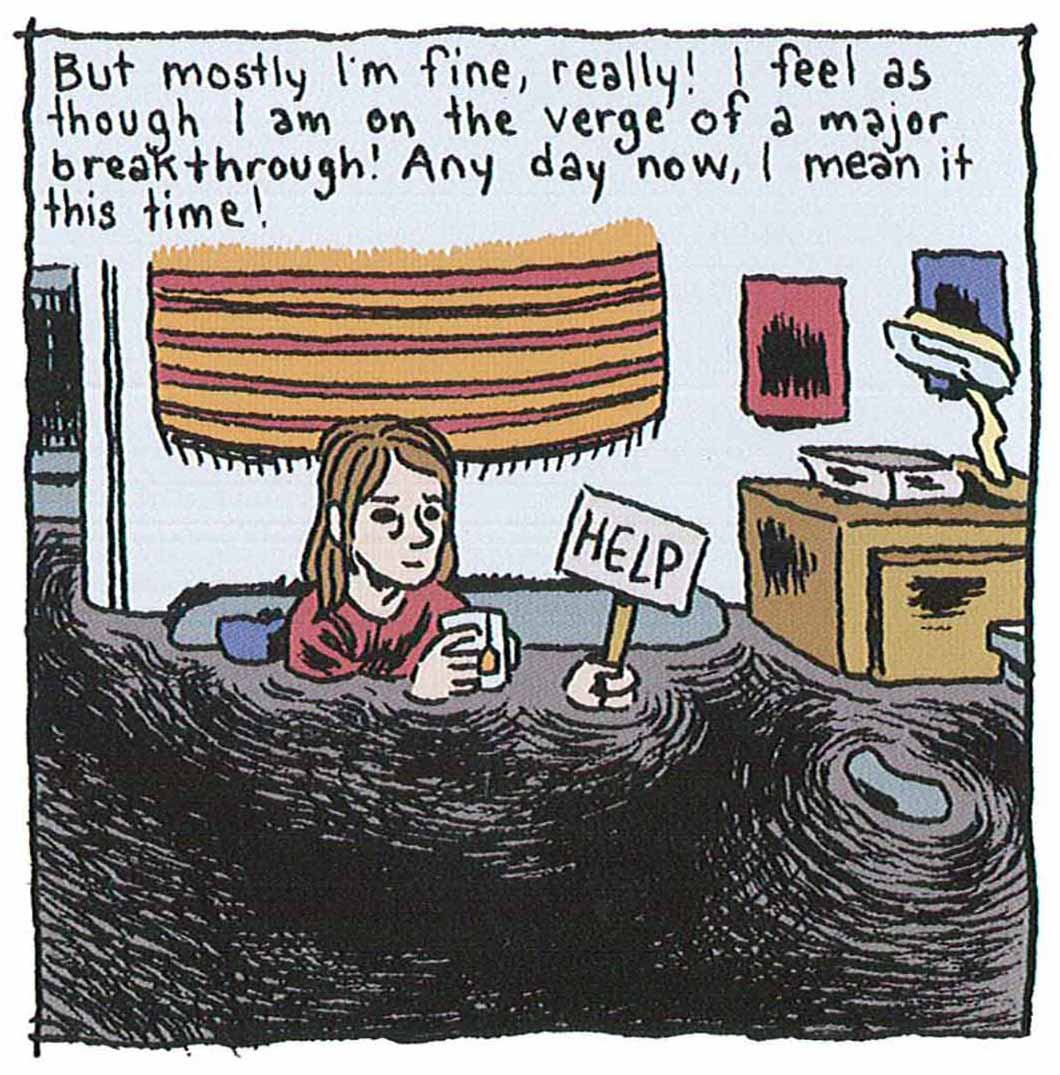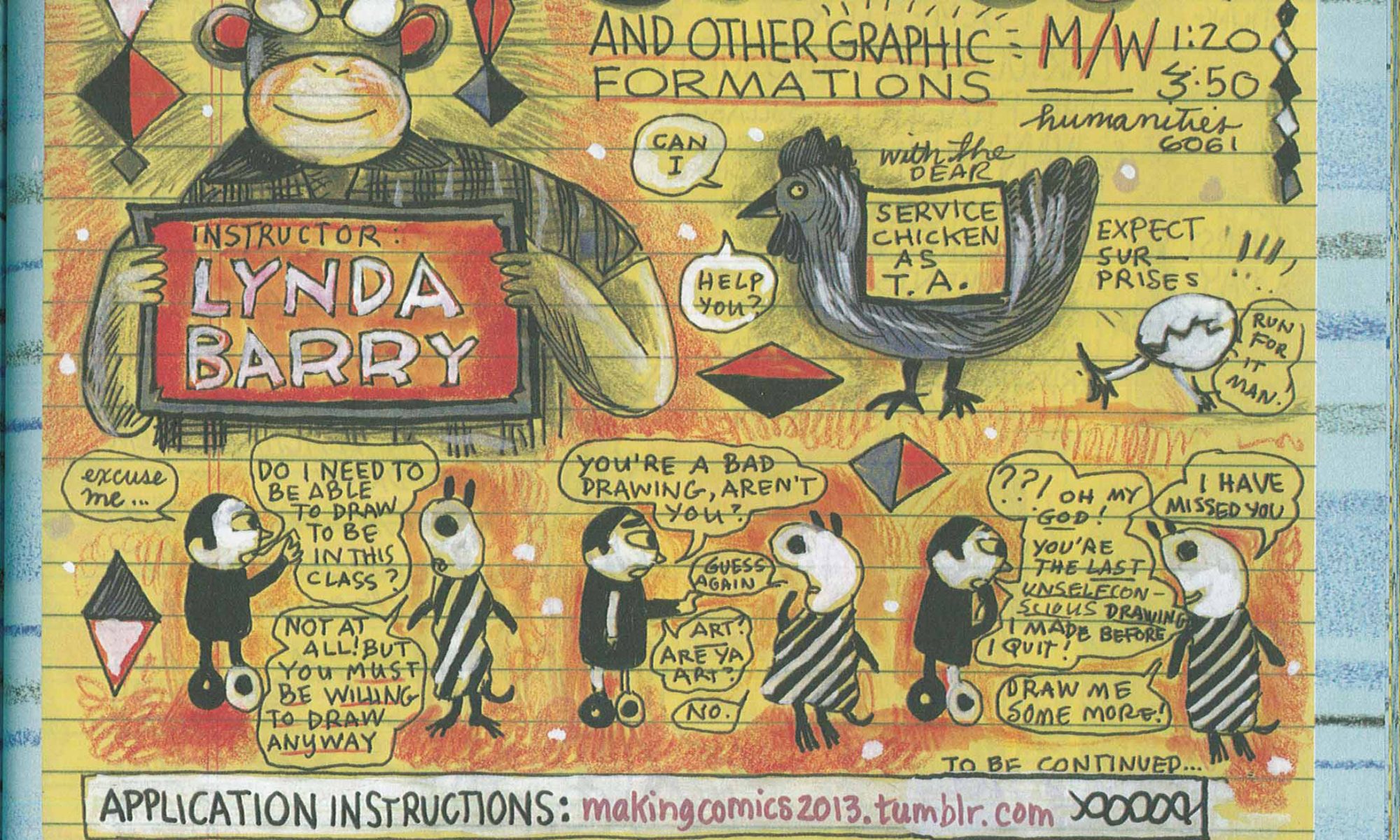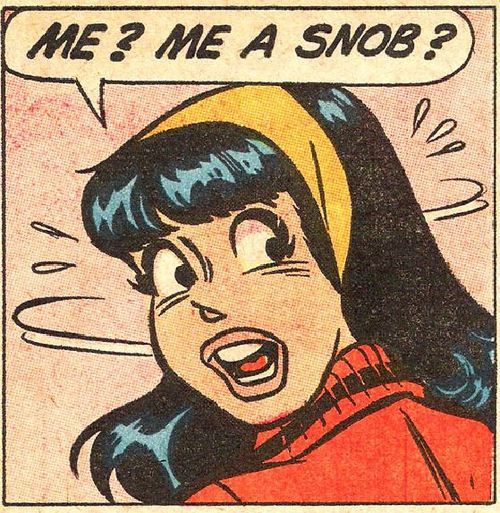Everything Is Flammable, by Gabrielle Bell, Uncivilized Books (Minneapolis), June 2017, $25.95, mature teen to adult
Thanks to Better World Books, 215 S. Main St. in Goshen, for providing me with books to review. You can find all of these books at the store.

It’s hard at first to put your finger on why the rambling, fragmentary work of Gabrielle Bell adds up to such a powerful whole. Her first full-length book, the new memoir Everything Is Flammable, drifts from her anxiety to her neighbors to her obsession with her garden. But the method to her accumulated mental wanderings becomes clearer and clearer as the book unfolds, and the sum total is well worth the wait.
Which isn’t to say that you have to wait long at all to appreciate Bell’s mastery of the form. The book begins with the one-page, six-panel vignette, “I’m Doing Fine.” As with any autobiographical work, there wouldn’t be much of a story to tell if that statement were true. Witness her closing frame:
 Continue reading “Everything Is Flammable, by Gabrielle Bell”
Continue reading “Everything Is Flammable, by Gabrielle Bell”





